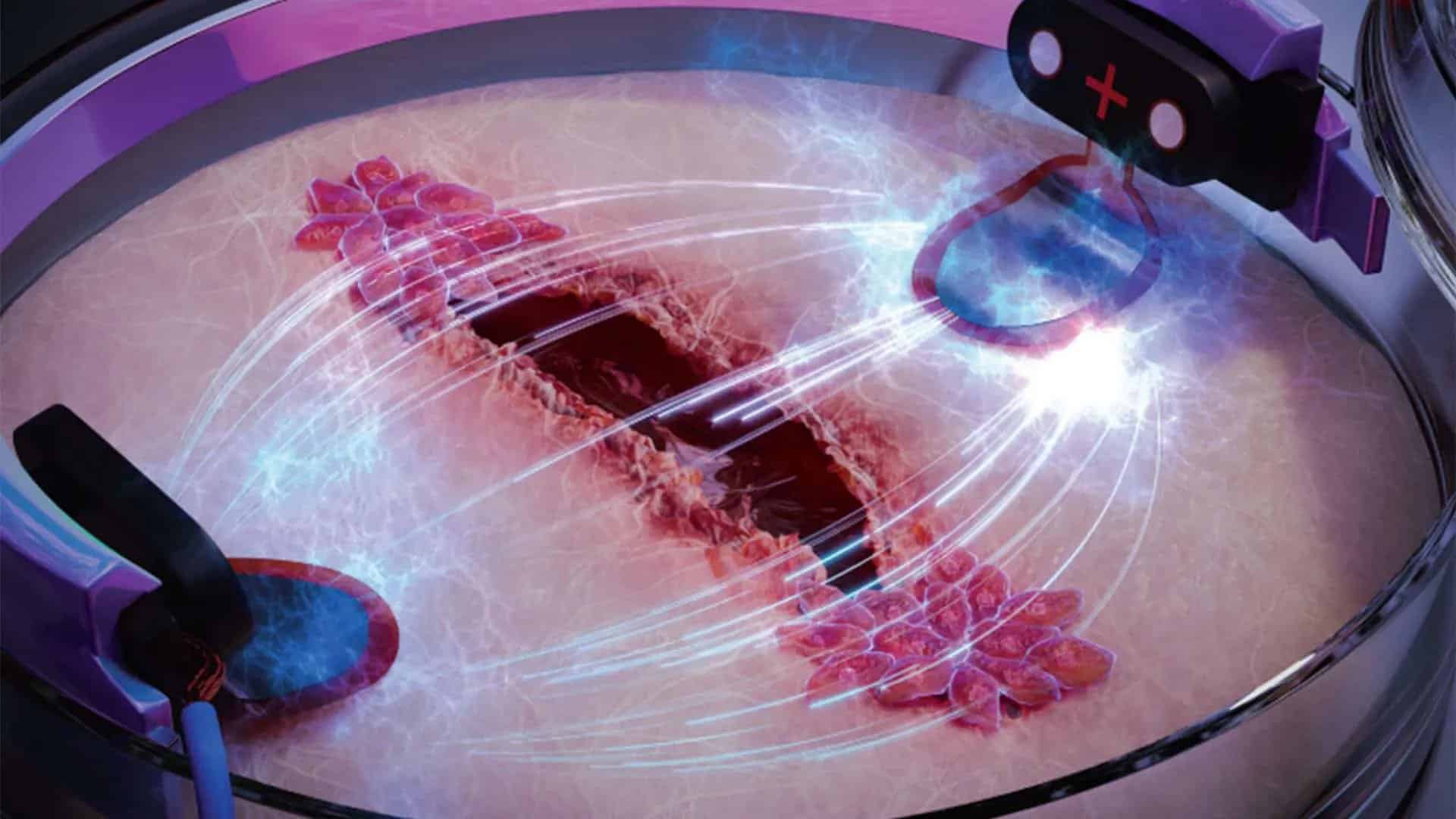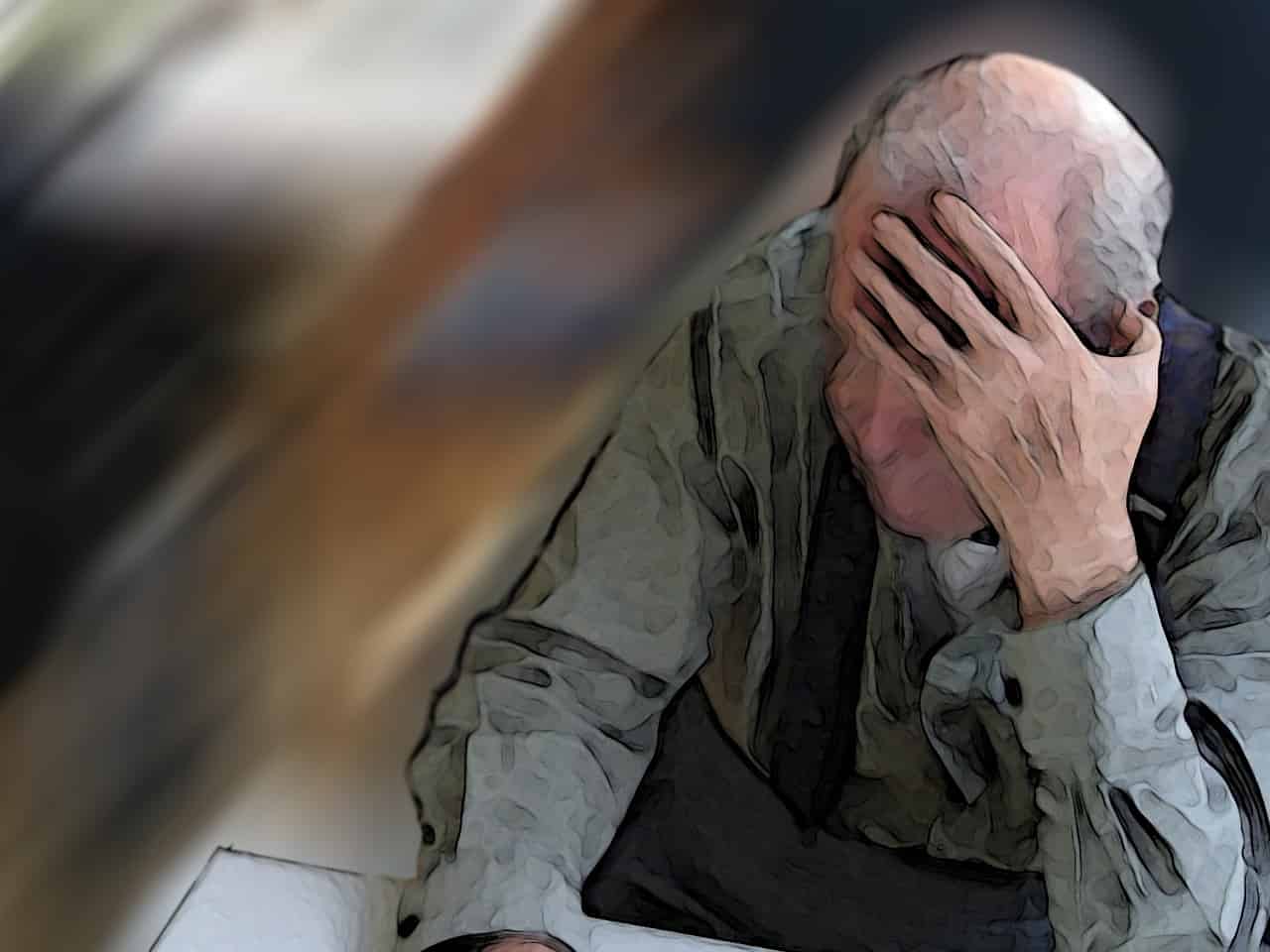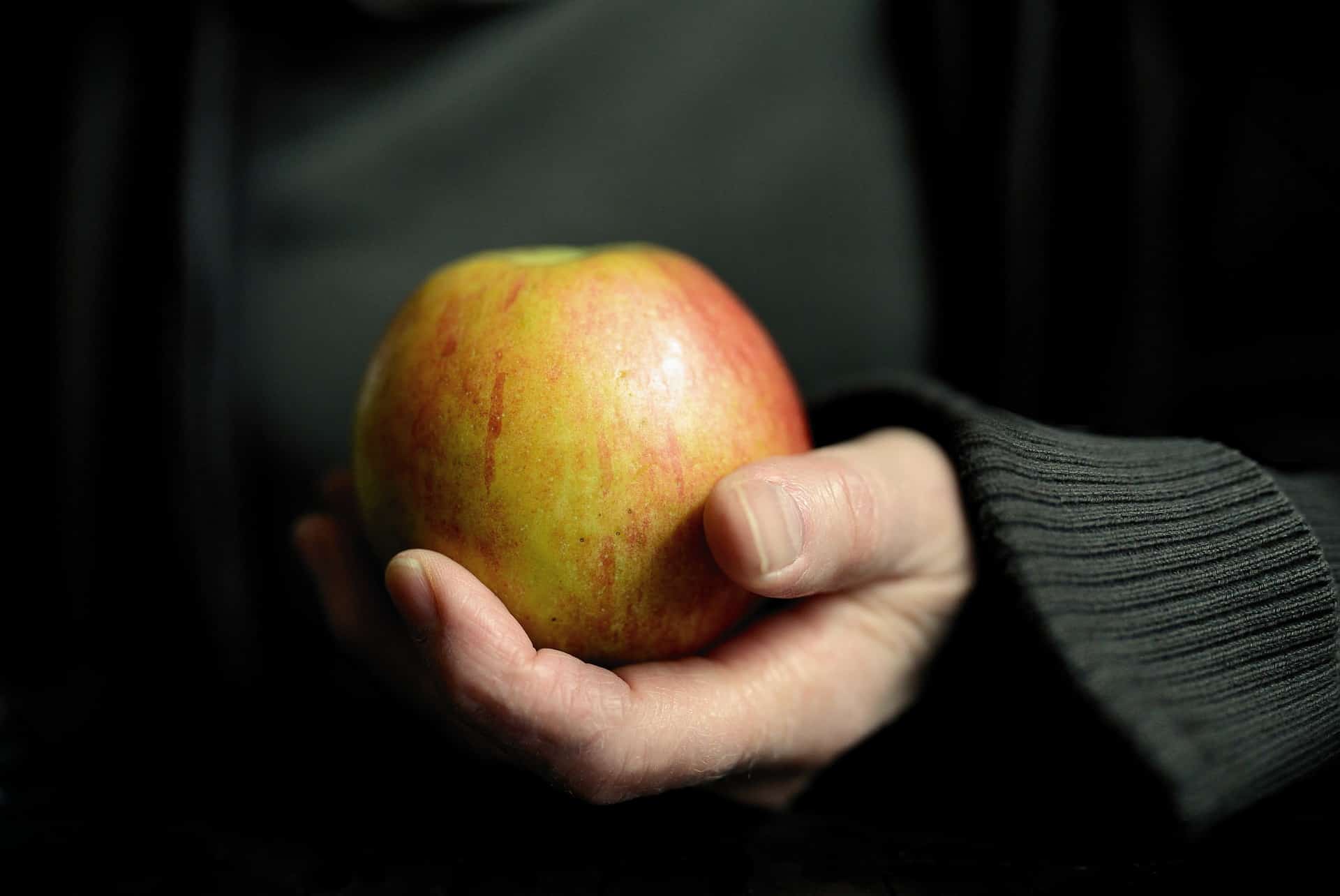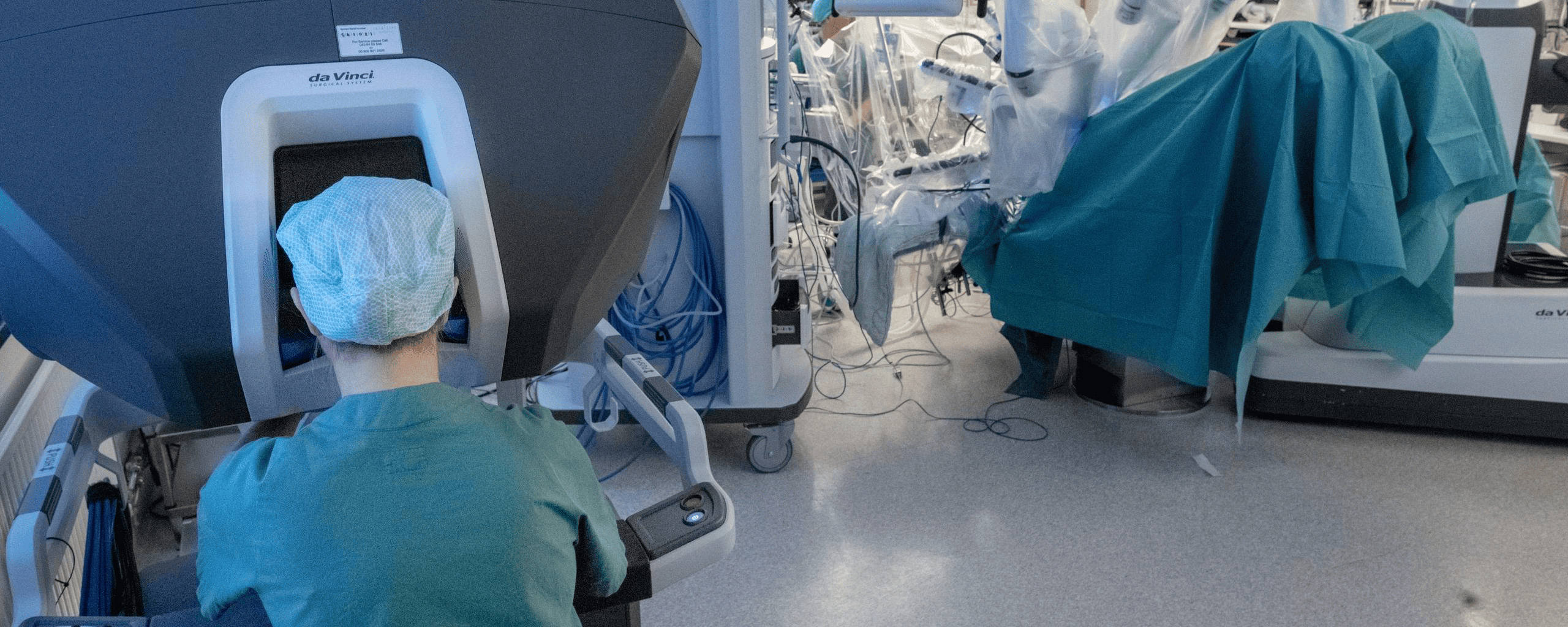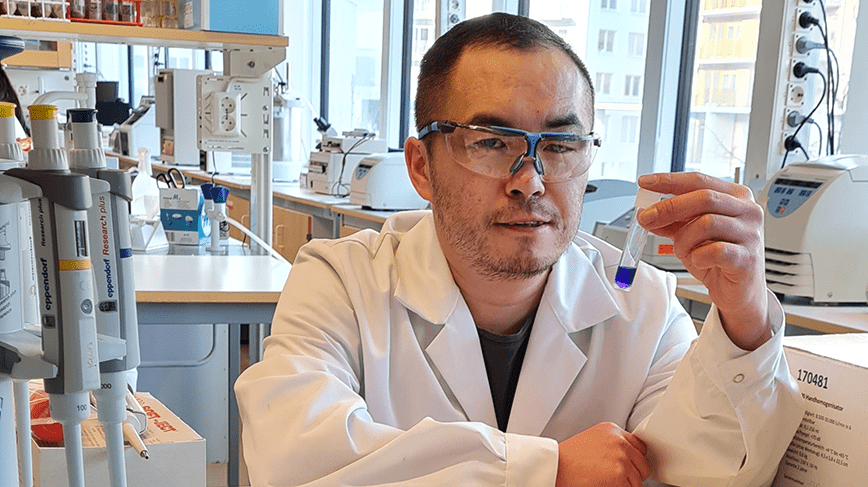
A synthetic gel made up of cow mucus-derived molecules could help heal large bone defects. Tests on lab rats showed it promotes the formation of both new bones and blood vessels while interacting with the immune system. The regenerative approach offers an alternative to traditional autografting for successful healing, writes the KTH Royal Institute of Technology, Sweden, in a press release.
Autografting, the clinical gold standard for bone healing, involves taking healthy bone tissue from another part of the patient’s body and transplanting it to the site of bone loss. But this method has its limitations – there may be an inadequate supply of healthy tissue, and it can be hazardous for people with poor bone quality such as the elderly.
That’s why Hongji Yan and his colleagues from the KTH Royal Institute of Technology, Soochow University in China, and the University of Oslo in Norway have developed a biomaterial that can be injected into the site of bone loss.
The gel is composed of molecules called mucins, which are derived from cow mucus. These molecules are processed into gels and combined with monetite granules, a commonly-used synthetic bone graft material.
Mucins: Nature’s Protector
Mucins are the main solid components of mucus, giving it its viscosity. In addition to providing protection from invaders like bacteria and viruses, they also help maintain hemostasis (balance) in tissues.
Mucins can modulate immune cells and mitigate inflammation, which are important factors in tissue repair. But according to Yan, this is the first study to show how these qualities work with tissue repair.
Revascularization: The Key to Bone Healing
The newly formed bone needs to be engulfed into the host bone’s vasculature—the network of blood vessels that connect it to the heart—in order for successful healing. Tests on lab rats with cranial injuries showed that this biomaterial helps solve two critical requirements for the successful recovery of bone defects. It promotes the formation of both new bones and blood vessels, while also interacting with the immune system.
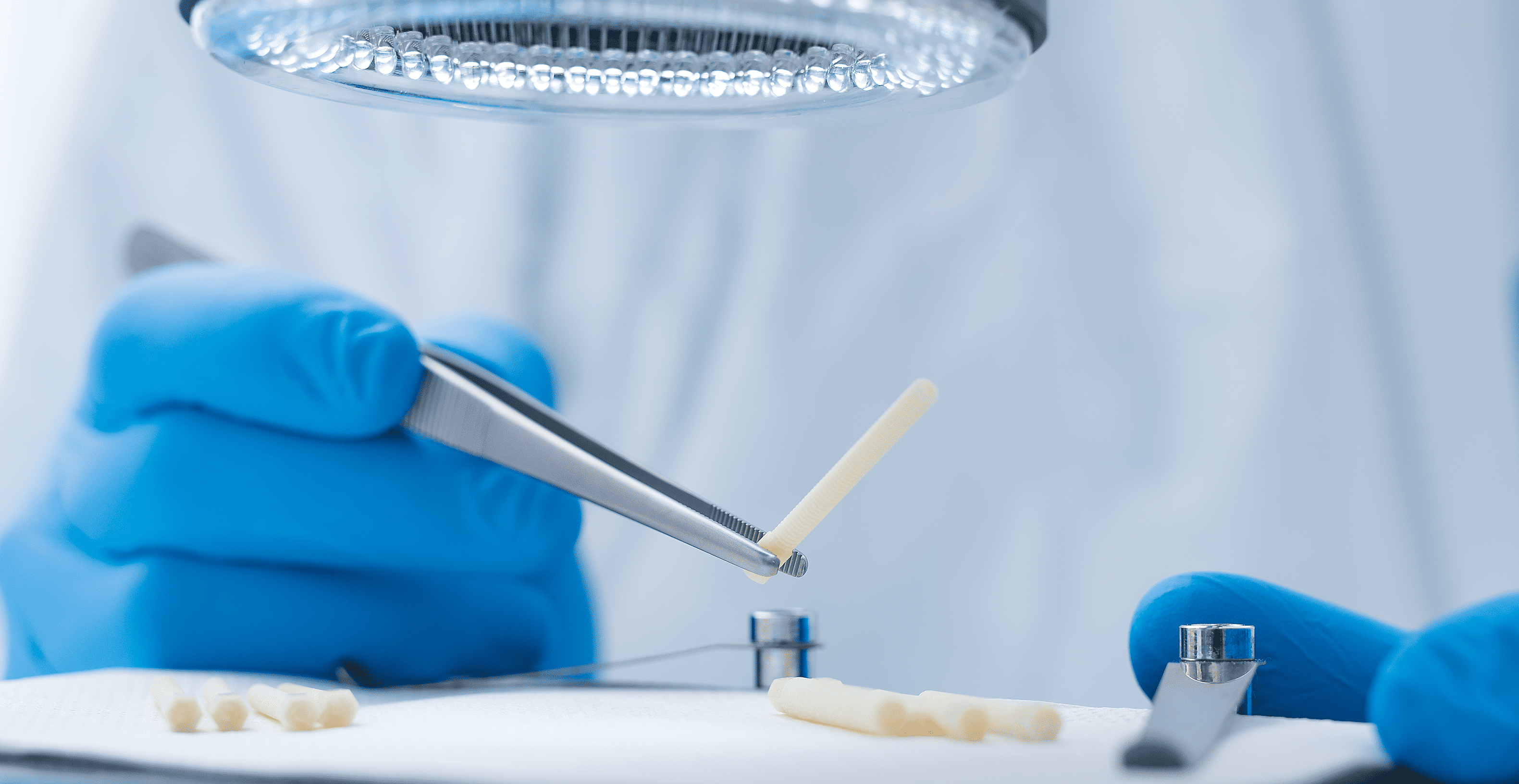
A New Hope for Bone Healing
Yan believes that this research raises hopes for better outcomes in a wide range of procedures for treating larger bone loss. But while promising, this material is not ready for clinical use yet. The research group plans further studies with larger animals.
The regenerative approach, using the body’s own cells through synthetic active material, offers a way to promote bone healing without relying on autografts. This could provide a safe and effective solution to bone healing for patients who cannot benefit from traditional autografting.


